How to make a Mashup with Mixed In Key Studio Edition
Introduction
Mixed In Key Studio Edition is a brand new product from Mixed In Key. It harnesses the key detection power of the Mixed In Key app inside your DAW. You can analyze audio and MIDI instrument files in real-time to get highly accurate musical data. You’ll instantly see the key of your samples, plus detailed notation information.
This is super helpful as it allows you to try out audio clips and MIDI instrument phrases inside your project.
This short tutorial will walk you through how to use Mixed In Key Studio Edition to create a legitimate mashup, in just a few minutes!

More on mashups
For a detailed description of what constitutes a mashup, check out our full-length articles here and here and our dedicated website here.
Our Mashup software is custom-built to help you create amazing mashups.
But today we’ll focus on using Mixed In Key Studio Edition. This software differs from other products because of the real-time detail it provides.
Lights, Camera, Action!
Check out the video tutorial here.
Getting started
Using Ableton Live, create a simple project containing 3 Audio Tracks. Then, add an instance of Mixed In Key Studio Edition to each channel.
In this example, we’re going to make a 3-part mashup. We’ll take a bass-line from one track, a drum beat from another, and a chord progression from a third.
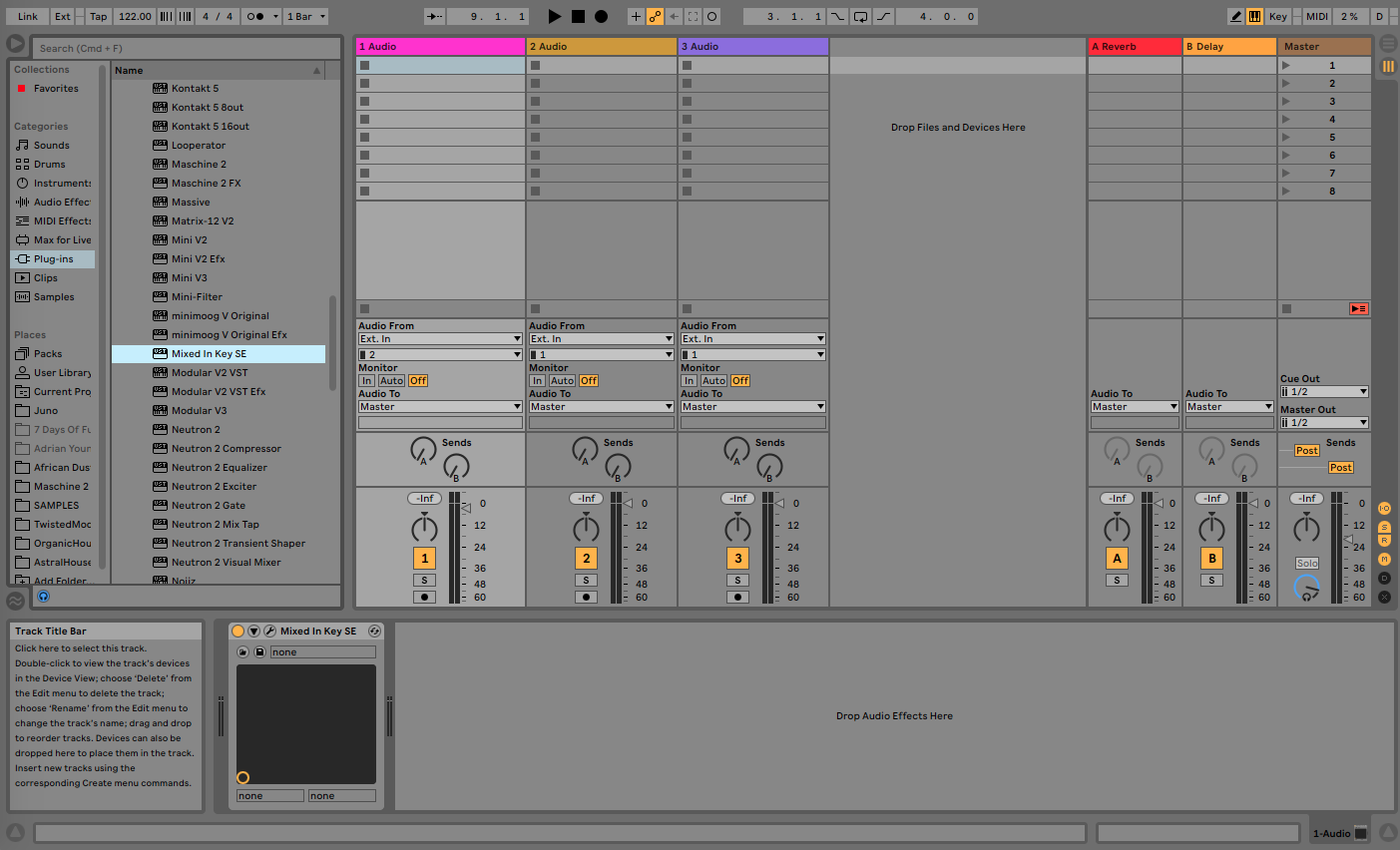
Bass in your face
Bass-lines, generally speaking, are relatively simple. They may be heavily syncopated, but usually will revolve around a small core of notes. For a mashup, it can sometimes be easier to start with a bass-line, as there are fewer core notes to match with other audio.
For example, a chord progression or melody may have complex chords, or lots of tension pitches present, which can make finding a bass-line to match a little more complicated.
Identifying a useful section of bass is easy. We want to avoid sections with additional instruments if possible (although some extra sounds can work nicely so don’t rule out an otherwise perfect section).
In a 3-part mashup, we want to avoid additional drums, too. Percussion can be ok, but avoid kicks and snares.
Fortunately, in modern dance music, it’s common to have sections with the bass solo’d. There might be some atmospheric textures present, but that’s ok, too.
These sections are often around the 33rd bar, or 145th bar. The exact bar can vary depending on the length and structure of the song.
However, these areas are generally the first and second breakdowns.
Stripping the rest of the track to let the bass roll in all its glory can be extremely powerful, and it’s likely that a good portion of your collection uses this tactic.
Here, a juicy bass-line could be found at bar 51. This is the 2nd half of an extended breakdown in the track.
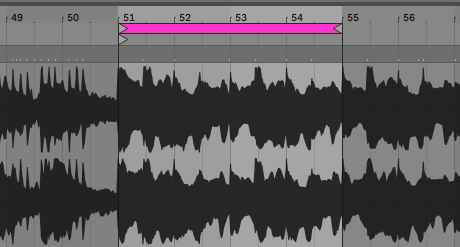
Analyze the bass-line in Mixed In Key Studio Edition
Using Ableton’s clip loop function, we can set the bass-line to repeat while we analyze it.
Open Mixed In Key Studio Edition on the bass-line channel and it will automatically start to capture the audio as it plays.
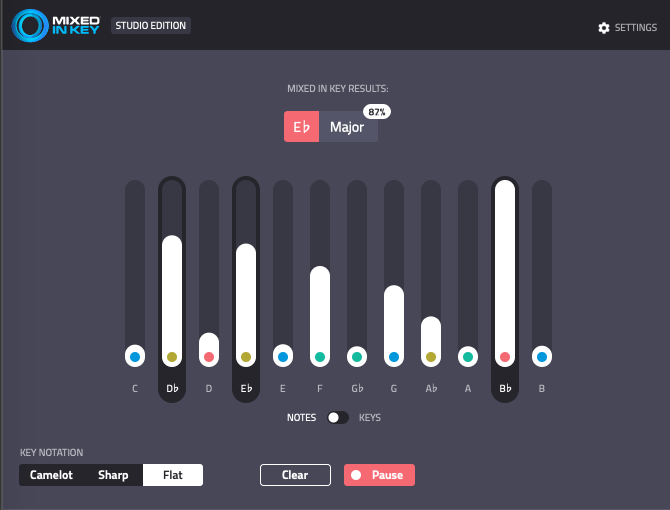
By default, it shows results in Flats, but if you’re a DJ used to seeing Camelot Wheel results, you can alter the view at any time.
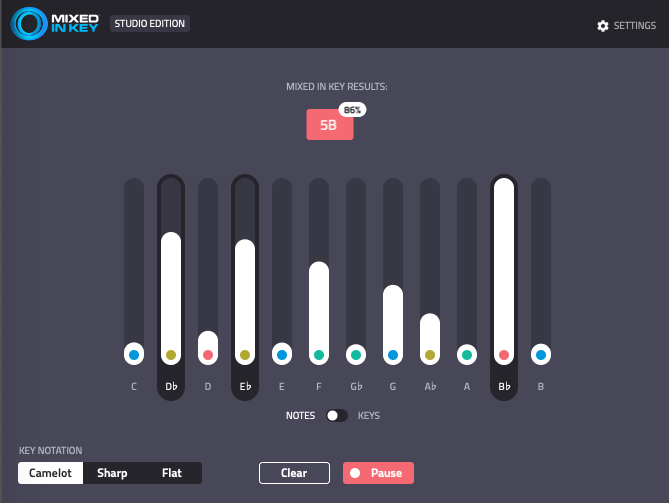 Having run the loop a few times, we can clearly see some useful data.
By far the most present notes are D Flat, E Flat, and a lot of B Flat. There is also some F and G, with a tiny bit of A Flat.
Having run the loop a few times, we can clearly see some useful data.
By far the most present notes are D Flat, E Flat, and a lot of B Flat. There is also some F and G, with a tiny bit of A Flat.
You can interpret this to mean B Flat, D Flat and E Flat are the dominant notes, and there may be some shorter instances of the rest, used as passing notes. We can ignore passing notes and focus on the dominant three.
We can also see that the bass-line has an 86% chance of being in E Flat Major. Any audio we use to complement this has a good chance of sounding ‘right’ if it is also in E Flat Major. The Notes data enhances our accuracy by guiding us towards audio that contains these specific notes, too.
Beat It
Mashups can be just 2-parts, or as many parts as you like. Since this example is a 3-part mashup, we decided to add a drum beat.
Drums can be tuned – in fact it’s a very good idea to tune your drums to match your music where possible. However, drum loops often contain a large spread of notes, since they have a lot of different sounds, none of which contain strong tonal qualities.
When matching a drum loop to a bass-line, pay attention to both the notes present, and the syncopation. The bass-line and the drum beat should have complementary rhythms, or can sound very messy.
For this example, we used a short loop of a kick and snare combo.
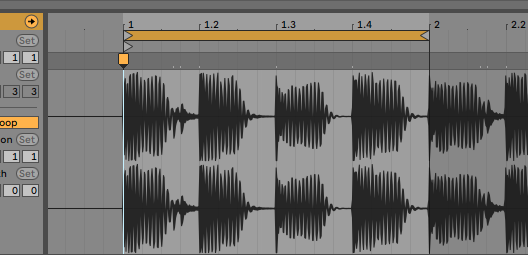
Analyze the drums in Mixed In Key Studio Edition
Mixed In Key Studio Edition returned some interesting results.
Since drums aren’t melodic instruments, a fairly even spread of notes showed up. This is essentially because there weren’t any notes that stood out, yet enough different tones were present that they registered on many of the note columns.
In the end, the presence of some B Flat, E Flat and F suggested a close enough match with the bass-line to proceed.
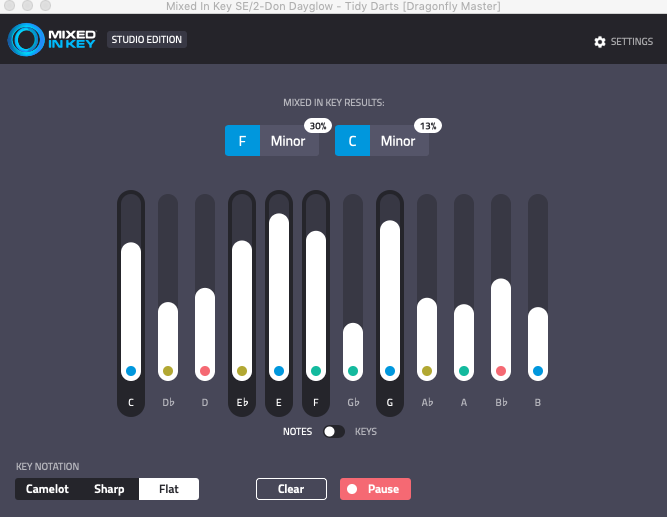
Strike a chord
The final part of the mashup is often the hardest to get right. We’ve nailed a bass and drums combo, but as yet haven’t blended any complex notation or melodic sounds.
This is where things can go wrong, quickly. It’s also where the mashup can evolve into a proper song.
There are two ways to approach this task.
You can rotate different audio clips, analyzing each in Mixed In key Studio Edition, and selecting one with a strong Key and Notes match. Or, you can take audio that you would like to add, and use Mixed In Key Studio Edition to help you manipulate it to fit the project.
We chose to employ the latter technique here.
Having identified a section of the third track containing a solid chord progression – it also contained some hi-hats, which were a welcome addition – we could get to work mashing it up into the track.
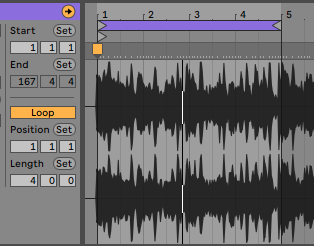
Analyze the chords in Mixed In Key Studio Edition
Again, run the audio through Mixed In Key Studio Edition. This time, we are presented with detailed melodic information. And it makes for grim reading.
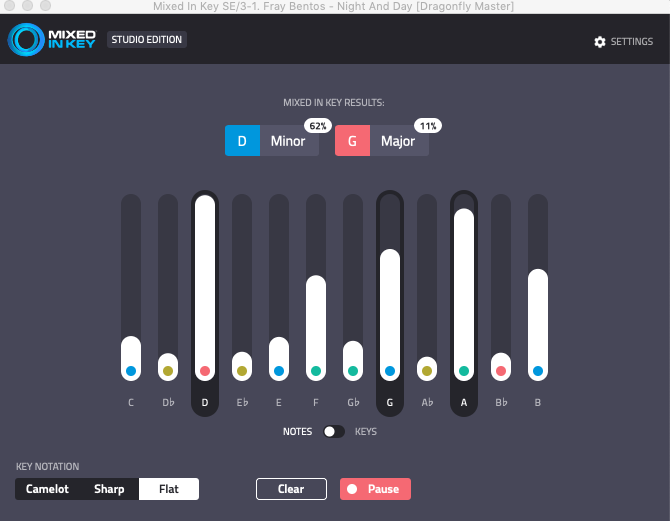 Key-wise, we’re most likely to be in D Minor. Notes view shows us we’re also looking at an array of notes, almost exclusively different to the notes in our bass-line. There’s absolutely zero B Flat, D Flat or E Flat!
Key-wise, we’re most likely to be in D Minor. Notes view shows us we’re also looking at an array of notes, almost exclusively different to the notes in our bass-line. There’s absolutely zero B Flat, D Flat or E Flat!
Enter Mixed In key Studio Edition, and Ableton’s transpose function.
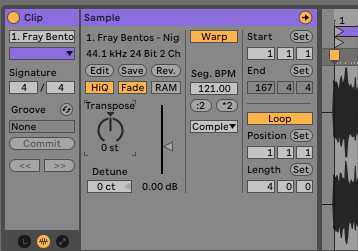 Suddenly, we can transpose the audio as it plays, and record the changing notes results in real-time. While transposing the audio up and down semitones, watch the results in Mixed In Key Studio Edition. As soon as the bars containing B Flat, D Flat and/or E Flat start to rise, we can surmise the presence of those notes.
Suddenly, we can transpose the audio as it plays, and record the changing notes results in real-time. While transposing the audio up and down semitones, watch the results in Mixed In Key Studio Edition. As soon as the bars containing B Flat, D Flat and/or E Flat start to rise, we can surmise the presence of those notes.
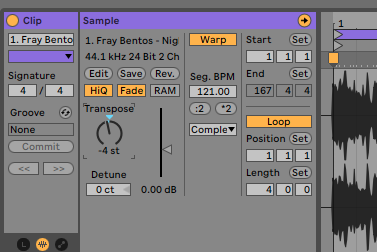 Naturally, since the plugin has been analyzing during this process, there will also be a ton of other notes present, and the Key result won’t be reliable.
Naturally, since the plugin has been analyzing during this process, there will also be a ton of other notes present, and the Key result won’t be reliable.
PRO TIP
At the point where your desired notes start to show in the Notes bar, stop the audio.
Click the Clear button in Mixed In Key Studio Edition. Then, restart the audio and the plugin will capture only the newly transposed audio.
These results can now be relied upon!
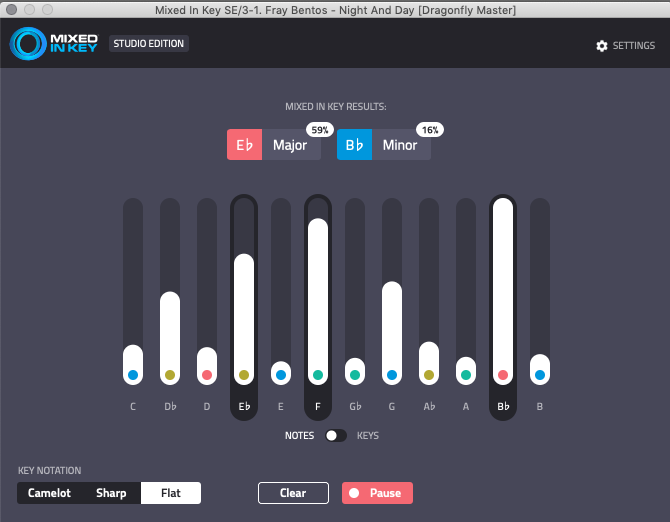
The sweet spot, where notes B Flat and D Flat started to show up, was a transposition of minus 4 semitones. You can use music theory to know that this has shifted the notes down two whole steps.
However, this isn’t necessary as Mixed In Key Studio Edition gives you a visual representation.
Now, we can see the prevalence of the following notes in our chord sample: B Flat, E Flat, F and a little G and D Flat. Plus, we can now see that the overall key is likely to be E Flat Major.
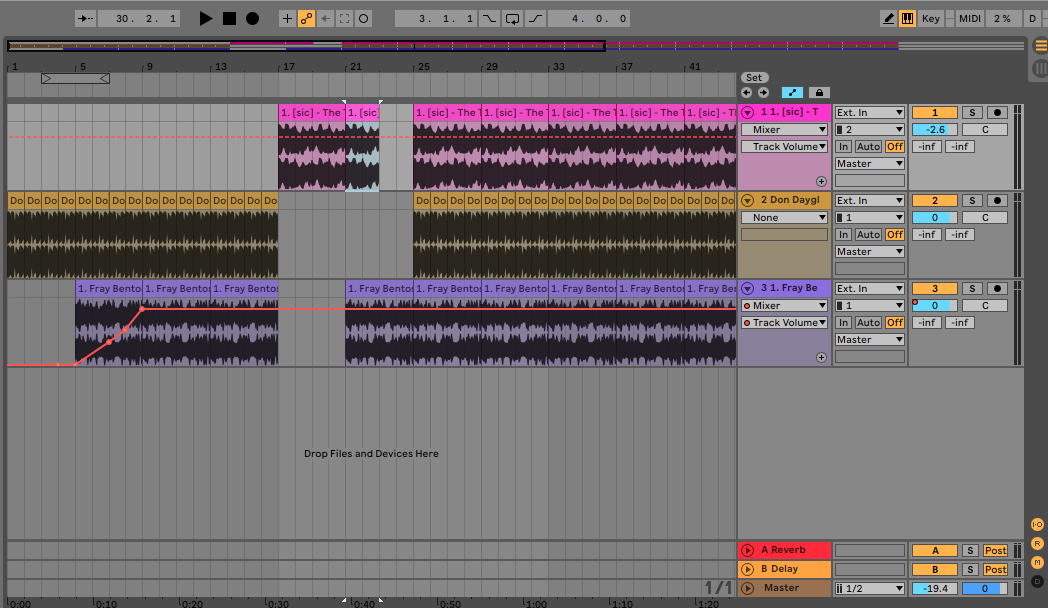
Eureka!
Compare these results to our bass-line – all the same notes are present, to varying degrees, and we’re almost certainly in the same key. This gives us a clear indication that our mashup is complete.
The final, and most important, check, is our ears. Does it sound good? If the answer is yes, we can move on to arranging the mashup, and adding extra elements if we wish.
For example, we could seek an accapella to go over the top, or, we could find different sections of our three tracks to blend together to create interesting new pats to the track.
Knowing we now have a key-match gives us the confidence to get really creative!
Mixed In Key Studio Edition + Captain Plugins = The Perfect Combo
Combine Mixed In Key Studio Edition with Captain Plugins for ultimate sample and composition creativity. You will be able to ensure the samples you choose are in the key and scale of your music creation.